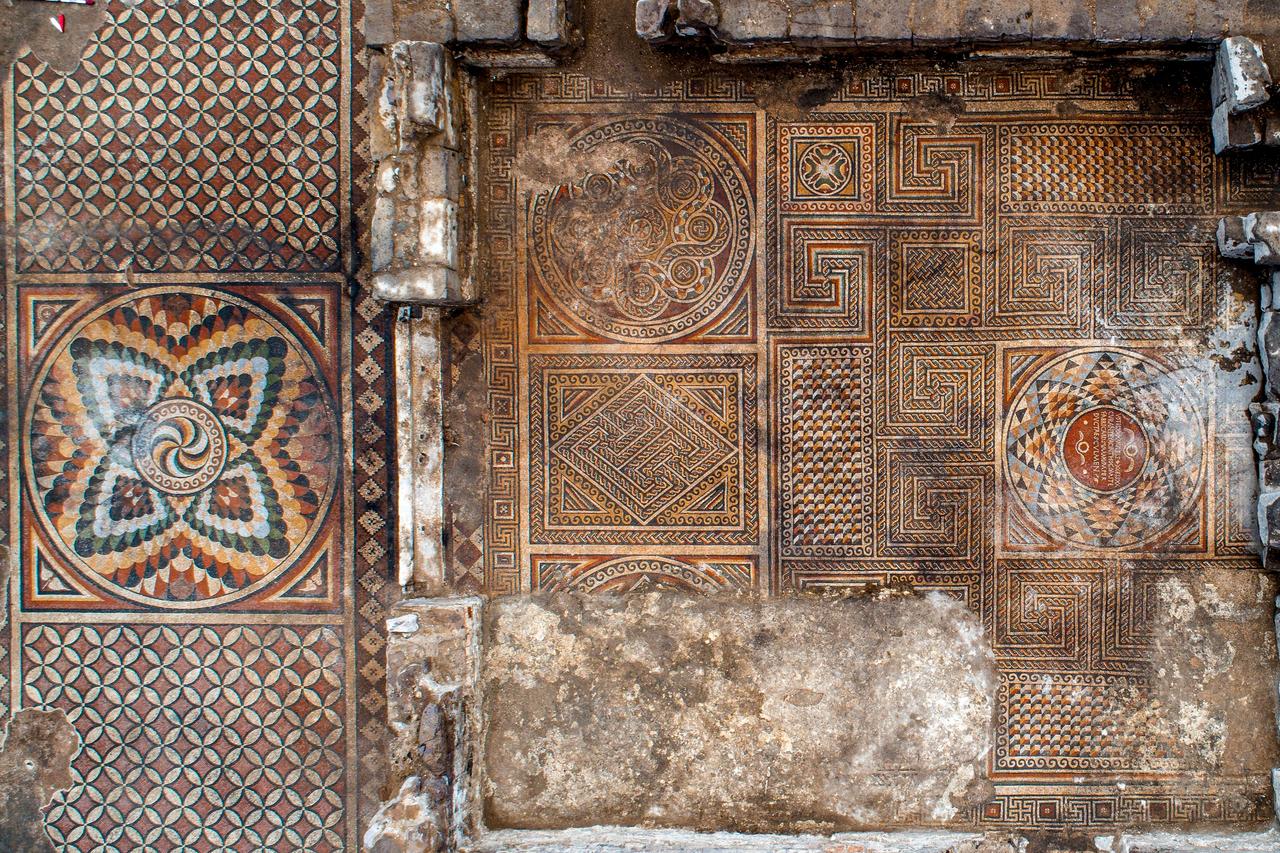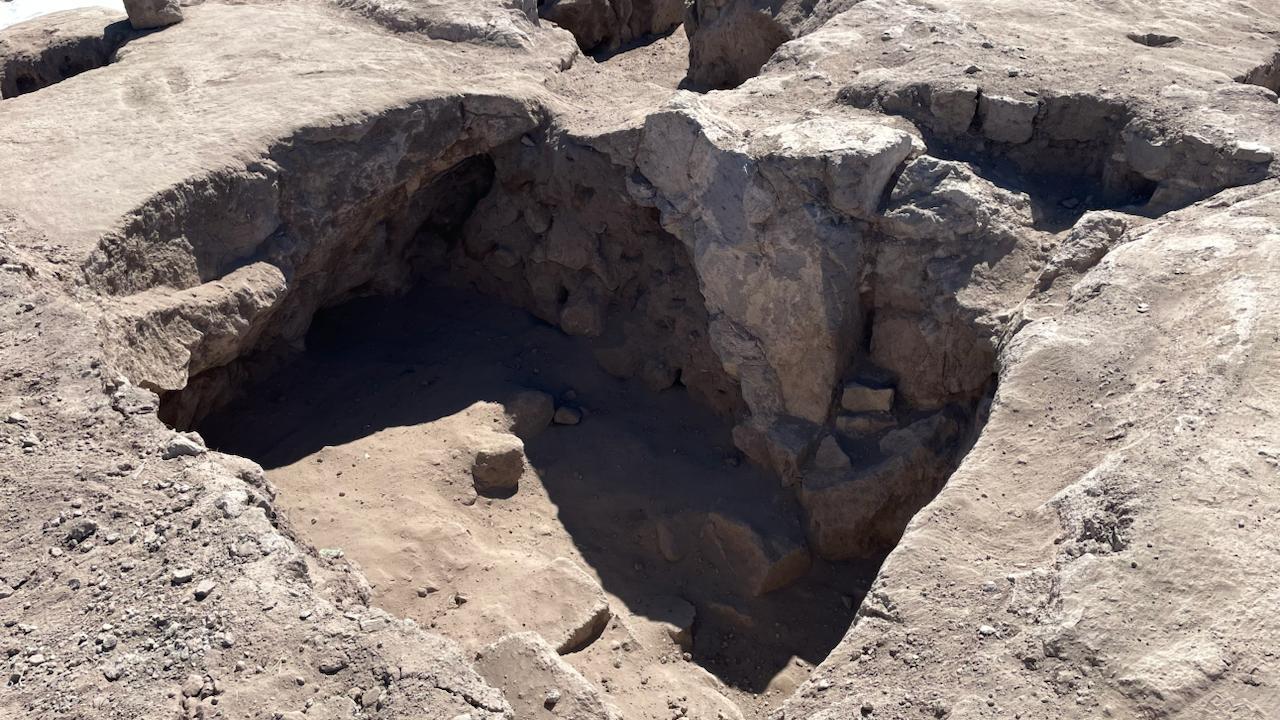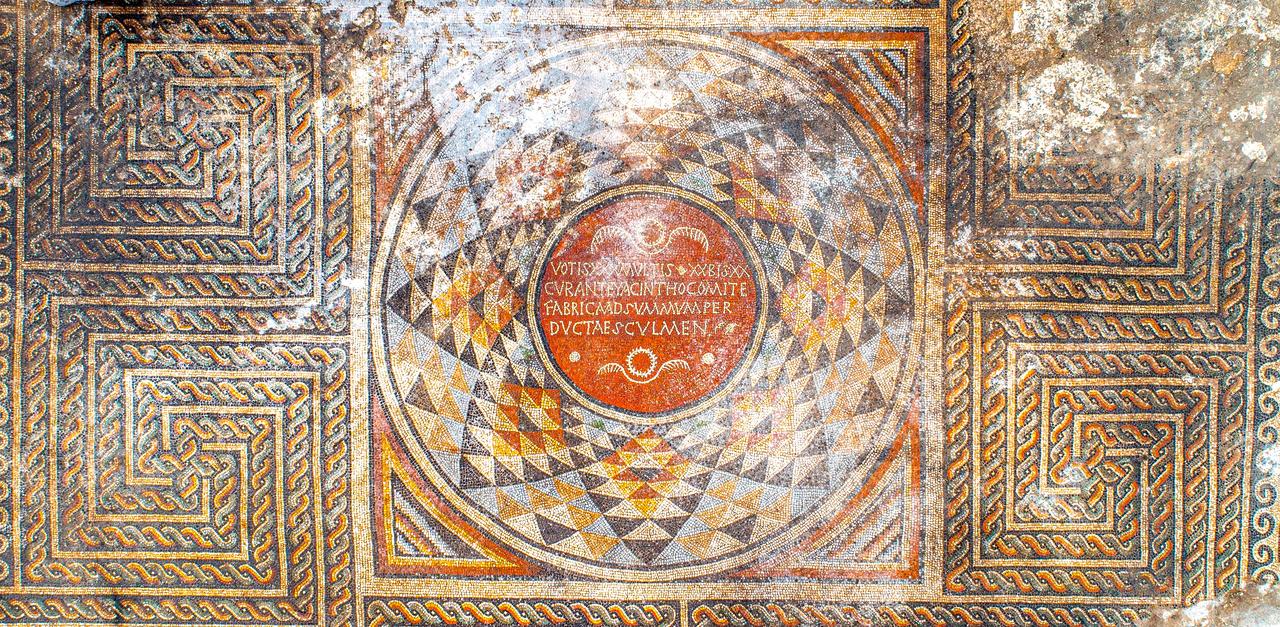
A Late Roman–Early Byzantine mosaic building in the Incesu district of Kayseri has yielded both a child’s and an adult’s grave, as excavations continue at the Orensehir site under the Ministry of Culture and Tourism in cooperation with the Kayseri Metropolitan Municipality and Incesu Municipality.
A 12-person team is working across an 3,000 square meters area, where richly preserved floor mosaics are coming to light.

Kayseri Metropolitan Mayor Buyukkilic said the mosaic surfaces are “as if they were made today,” noting that their quality and craftsmanship have generated excitement on site. He reported that data now point to 600 square meters of mosaic flooring and that work is active across a three-donum zone.
He also suggested the designs may include aspects related to health and added that authorities will move to install a protective cover after consultations with the ministry so that the remains can be preserved properly before visitation.

Preliminary assessments indicate the mosaic building stood within a high-status residential complex, possibly linked to a senior administrator. Inscriptions found in the complex include one in Latin and three in Greek, one of which names “Hyakinthos” with an important title used for upper-level officials in the Roman and Byzantine imperial administrations. Archaeologists therefore infer that the patron was among the empire’s higher-ranking figures.

Excavation director Can Erpek of Nevsehir Haci Bektas Veli University said teams have worked at Orensehir since 2021 and have brought to light more than three donum of the complex, including 600 square meters paved with mosaics. He explained that this season’s work concentrated on the south and east of the structure and confirmed earlier expectations that the building follows a two-courtyard plan, with additional mosaics now identified in its corridors. According to Erpek, initial construction is thought to date to the 3rd and 4th centuries.
Provincial Culture and Tourism Director Sukru Dursun described the mosaics as a significant cultural asset and said the site will open to visitors after a covering system is installed.